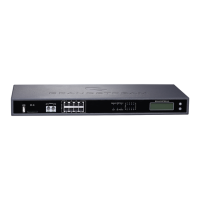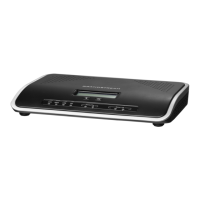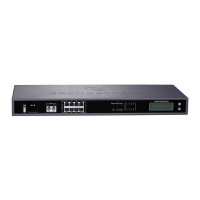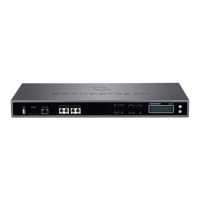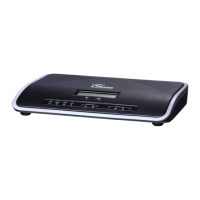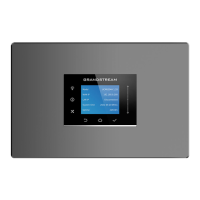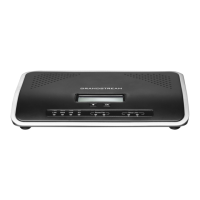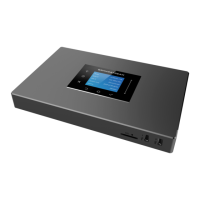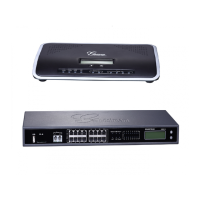Syslog
On the Maintenance->Syslog page, users can configure the UCM to send syslog to a remote server, to do so,
please refer to below options:
If enabled, syslog will be sent to and cached in system memory until it is
written to internal storage at the specified time interval. Enabling this
helps to improve the lifespan of the UCM's flash storage
Configures the period of time that must pass before writing the cached
syslog to internal storage. Setting the time interval too high may result in
lost syslog data due to the low saving frequency.
Figure 343: Syslog Server
By default, ERROR logs are enabled for all PBX modules. Additional syslog levels are WARN, NOTICE, DEBUG,
and VERBOSE.
• pbx: This module is related to general PBX functions.
• chan_sip: This module is related to SIP calls.
• chan_dahdi: This module is related to analog calls (FXO/FXS).
• app_meetme: This module is related to conference room.
----------------------------------------------------------------------------------------------------------------------------- ----------------------
Note:
Syslogs are for debugging and troubleshooting. It is not recommended to enable syslog for all modules and
levels, as it can cause excessive resource usage and network load.
UCM reserves a 50MB cache for syslog. Once the syslog has reached 50MB in file size, 2MB of syslog will be
deleted, starting from the oldest syslogs. This ensures that the system can continue logging.
----------------------------------------------------------------------------------------------------------------------------- ----------------------
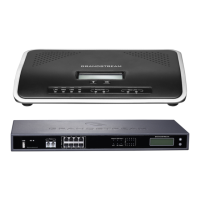
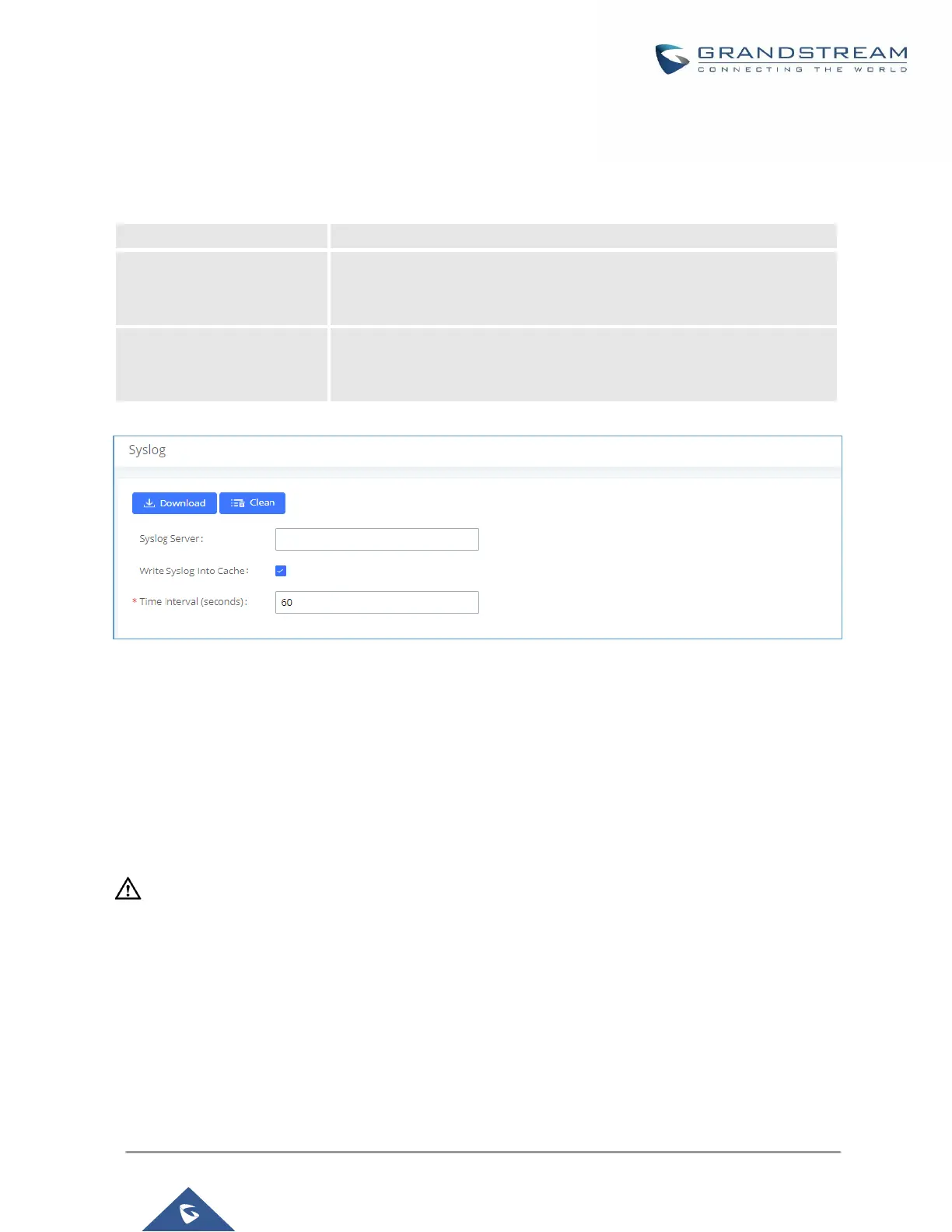